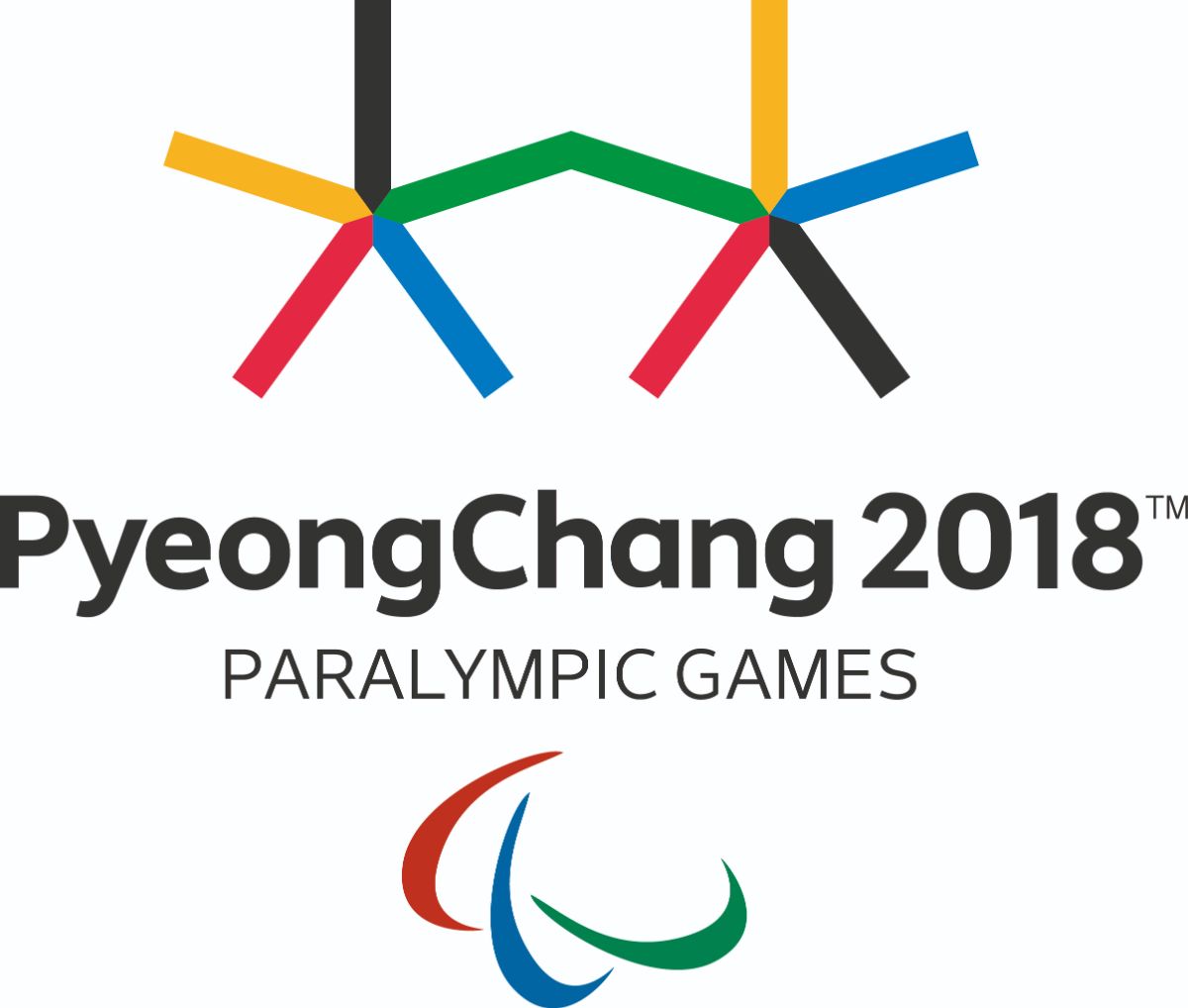No. 50 Bobsleigh on its way to Beijing 2022
It was the date he received the formal official notice that bobsleigh was provisionally approved for the Beijing 2022 Paralympic Winter Games programme, which comes in at No. 50 in the International Paralympic Committee’s (IPC) Top 50 Moments of 2016.
“That was a date that is quite embedded in my brain,” said Rosen, who is the chairman of the International Bobsleigh and Skeleton Federation (IBSF) Para sport Committee. “I know there were athletes, officials, members of the IBSF executive committee all waiting with baited breath for that and we were all thrilled to receive our provisional acceptance.”
If fully accepted, the sport will join six existing Paralympic winter sports – alpine skiing, biathlon, cross country skiing, ice sledge hockey, snowboard and wheelchair curling – at the next Paralympic Winter Games.
“That was great news,” said Latvian athlete Alvils Brants, who picked up the sport in 2012 and took silver at the 2016 World Championships. “I was with the sport since it was born, so to say, from the crash and now in four years. … It would be my most desired dreams to participate in the Paralympic Games.”
For bobsleigh to receive full approval for inclusion at Beijing 2022, the sport must meet a number of minimum requirements laid out by the IPC Governing Board in both the 2016/17 and 2017/18 seasons.
“The first and most urgent need is to satisfy the conditions of the provisional acceptance,” Rosen said. “And those are built around participation rates of athletes. And while we have a great deal of confidence that we can meet those, we have to make sure that that is true.”
In each of the two seasons, the sport must host at least six World Cup races plus a World Championships. A minimum of 12 nations from at least three regions should also be participating each year.
Last season, Para bobsleigh saw 13 athletes from nine nations compete in its World Championships in Park City, Utah, USA. The 2017 World Championships in February will be held in St. Moritz, Switzerland, where 20 athletes from approximately 15 nations are expected to compete.
In the upcoming season, it will have World Cup races (leading up to the 2017 World Championships) in Park City; Lillehammer, Norway; and Oberhof, Germany.
“The sport is growing quite rapidly in terms of its international participation, so we’re focused on that,” Rosen said. “We will continue to have a series of international competitions and a Para World Championships in each year to the lead up to the Paralympic Games.”
Rosen said that in addition increasing participation in terms of athletes and national representation, the federation is also continuing work from the technical side.
They are enhancing a mechanical launch device used to propel the sleds at the start of the run.
“Last season we used a ‘drop start’ in which the sleds were taken to a fixed point on the track and then manually released by the officials,” Rosen said. “But in the future we plan to use the mechanical launcher to more closely simulate the speeds of the able-bodied athletes descending down the track.”
He understands there is much work to be done in the upcoming seasons to ensure full approval for Beijing 2022.
But the news on 5 September was a step in the right direction.
“It was a thrilling conclusion to a number of years of work leading up to this,” Rosen said.
More information on the IPC's Top 50 Moments campaign can be found here:







